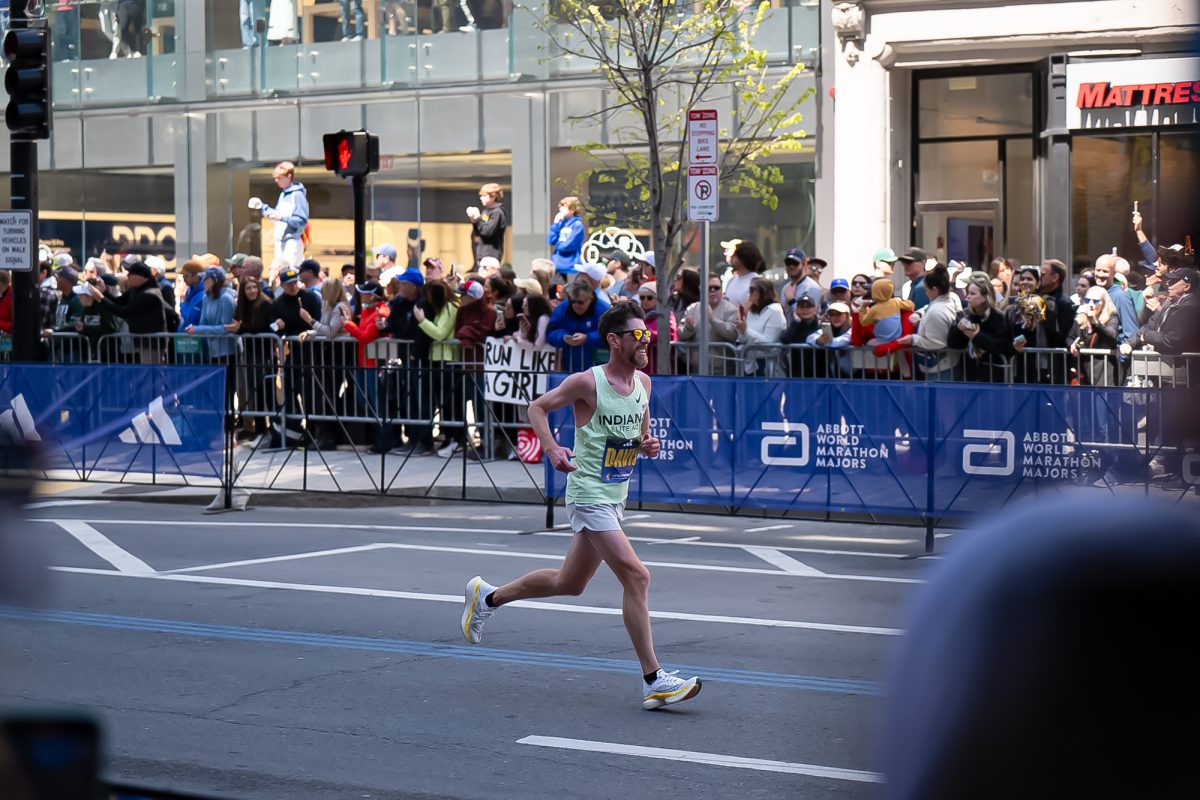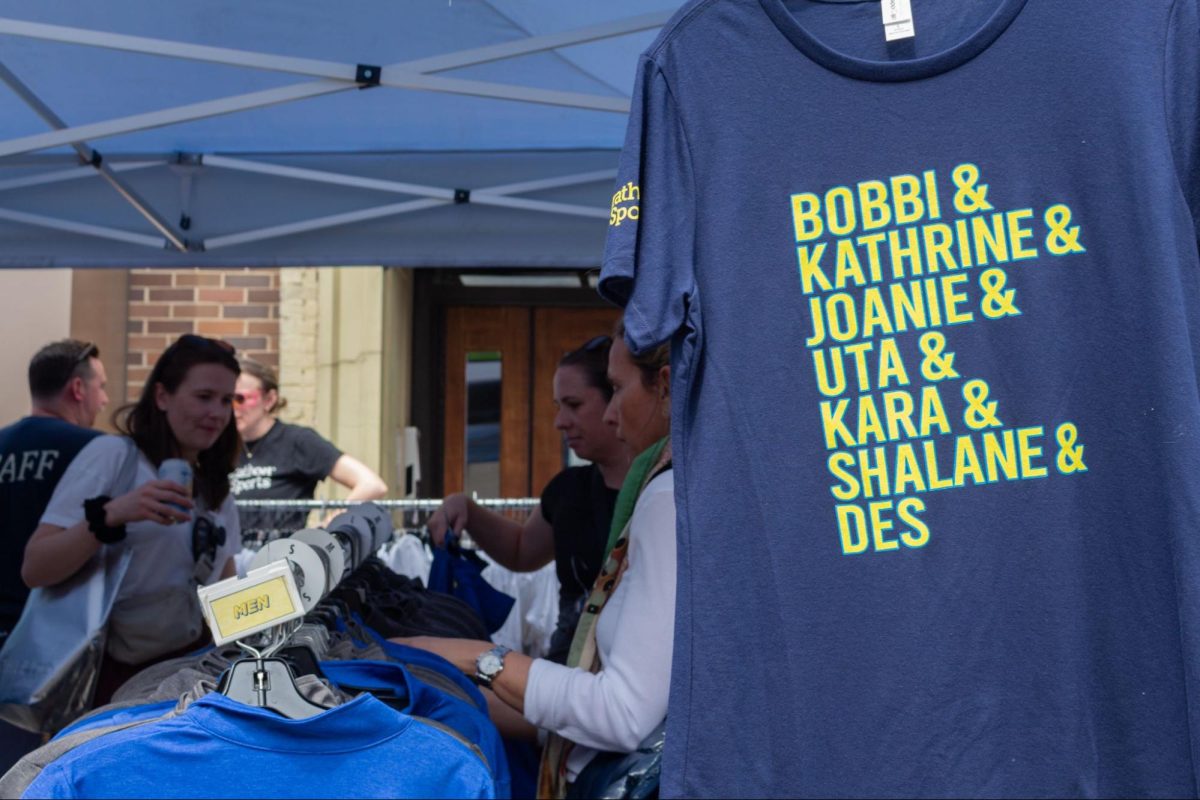

By Jill Bongiorni
Despite the sleek brick and glass buildings that make up Northeastern’s modern campus, the university holds 200 years of quirky history in its walls.
It’s hard to tell now, but before Northeastern’s establishment in 1898 Back Bay and the Fens were uninhabitable marshland, while Massachusetts Avenue was a low-lying peninsula called Gravelly Point.
Northeastern Emeritus Professor Wilfred Holton said utilization of the area began when the Back Bay was filled in the late 1850s into the early 1860s, while the Fens was filled in the 1880s.
Holton worked as a sociology professor at Northeastern for 38 years and has lived in Boston since 1964. He taught Sociology of Boston and co-authored the novel “Boston’s Back Bay: The Story of America’s Greatest Nineteenth-Century Landfill Project.”
With the marshlands filled by 1900, a new era began.
Symphony Hall was constructed in 1900 where it stands today at the corner of Huntington and Massachusetts Avenues. The YMCA of Greater Boston also took notice of the area as it was outgrowing its downtown quarters. The Y decided to relocate and built what is now Cullinane Hall in 1909 as an automobile school.
There, students, limited to “rich boys who could afford cars as toys,” according to Holton, would learn how to buy, drive and fix automobiles. It was one of the Y’s first education efforts behind the “Evening Institute for Young Men” in 1896 and the “Department of Law of the Boston YMCA” in 1898, according to Northeastern President Joseph Auon’s essay entitled “Northeastern History” on the university’s website.
As enrollment increased, the YMCA constructed its main building on Huntington Avenue in 1913 and created an engineering school in 1917, said Holton.
Engineering students were the first in Boston to experience what we know today as co-op, then called “Co-operative Engineering Courses.” The program invented by the University of Cincinnati in 1906, according to the YMCA’s website.
Engineering students enrolled in these courses would partner up and while Student A attended classes for a week, Student B worked at an engineering firm and every week they would switch, said Holton.
The Y’s education efforts were given the name “Northeastern College” in 1916. Six years later, the name was changed to Northeastern University of the Boston Young Men’s Christian Association, but it was not until 1948 that the university and the YMCA became separate institutions, according to Auon’s “Northeastern History.”
As Northeastern’s student body continued to grow, there was a pressing need for more space, so the university looked to the Red Sox’s old ballpark on Huntington Avenue.
The field, now the area in front of Churchill Hall, started in 1900 as the American League Park, home to the American Nationals, which later changed its name to the Red Sox. The first World Series was held on this field in 1903 between the then-American Nationals and the Pittsburgh Nationals, now the Pirates. The field housed the Red Sox until their switch to Fenway Park in 1912.
After the Sox moved across the Fens, the field was used as an outdoor ampu theatre with about 5,000 seats, said Holton.
Similarly, the Museum of Fine Arts’ property on Huntington Avenue remained empty grounds designated for traveling circuses to visit until the MFA’s construction in 1910.
“Before Northeastern came there were still big chunks of empty land around here and there was no theme or image for this part of town,” Holton said.
In an effort to expand and unify the area, Northeastern purchased the old ballpark property in 1929. However, the stock market crash in October delayed construction plans until 1934, when a Boston architectural firm was contracted to design Richards Hall.
“Using what was to become the campus signature white brick, [the firm] presented a building neoclassical in symmetry and proportions,” reads “Northeastern History,” “Opened in 1938, Richards Hall was the first building to appear on the front quadrangle.”
At this time, the land now occupied by Speare Hall was home to the Boston Opera House. It was “quite a large brick building, very similar in appearance to Symphony Hall,” Holton said. However, by 1960, the building was falling apart and was purchased by the Boston Redevelopment Authority, which sold the building to Northeastern a week later.
“It was kind of sneaky how they did it,” said Holton. ”Northeastern said they had no interest in the building. Then the developers bought it and it looked like Northeastern had a deal with them because within a week, the university bought it from them. But the university got away with it, obviously.”
The opera-loving community was furious, said Holton, but the condition of the building required it to be demolished and rebuilt.
“The opera house was, of course, much prized by many people, but by the time we got it, it was in such bad dilapidated condition that there was no hope in saving it,” said Professor William Fowler, who teaches History of Boston. “There were people in the community who thought it ought to be saved, but the university was unable to.”
Northeastern still houses the theater’s archives, including a brick rescued from the building by noted WGBH-FM announcer Ron Della Chiesa.
Several other keys to the past can be found in university buildings on the west side of Forsyth Street. Until 1949, the area was home to the United Drug Company’s headquarters.
On the backside of Ryder Hall, which served as the company’s research and development building, there is still a sign carved in the stone above the door on Leon Street that reads “United Drug Company Research Development.”
Evidence can also be found in the brick building of Nightingale, Lake, Meserve and Holmes Halls. Each floor holds a large walk-in safe where the company would allegedly locked up their secret formulas, Holton said. The president of the company’s office was located in the math department where Lake and Holmes Halls meet, while the history department operated as a perfume department.
“So next time you walk on the second floor of Meserve Hall, you might want to take a whiff,” said Fowler.


![A demonstrator hoists a sign above their head that reads, "We [heart] our international students." Among the posters were some listing international scientists, while other protesters held American flags.](https://huntnewsnu.com/wp-content/uploads/2025/06/image12-1200x800.jpg)





